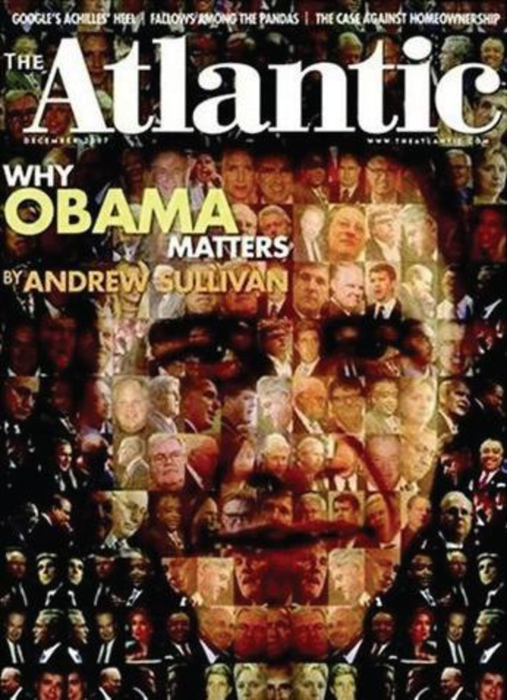The Atlantic, a monthly magazine reporting on public affairs and culture, is the most recent big-name title to drop its Web site’s paid firewall. Until January 22, TheAtlantic.com only allowed paying subscribers access to much of its online content. Now, anyone with a Web browser can read anything on TheAtlantic.com, including the magazine’s archives.
The Atlantic joins an impressive roster of titles that have dropped Web site restrictions in recent months: The Economist, The New York Times and the Financial Times are in the same boat, and Rupert Murdoch is said to be considering the same model for The Wall Street Journal.
If readers can get any content for free online, should the print industry be worried? Justin B. Smith, president of Atlantic Consumer Media, thinks the move will help The Atlantic grow its audience both online and in print.
“The Atlantic expects to increase its print circulation and Web audience over the coming years and sees the move as central to its overall growth strategy,” he says. “Also, lowering the firewall doesn’t preclude developing Web-based subscription products in the future for either Web or print readers.”
Jane Giles, director of business development at Cambey & West, agrees that the free online model, if used correctly, can encourage growth across a title. She points out that many online publications ask for an e-mail address from users, either to register with the site or to e-mail favorite articles to friends.
“That’s the secret right there, and once they get the e-mail, and once they get that lead, then that’s the best prospect they could get in the world,” she says. “So they can go out, and then they can market all their other paid products.”
The issue, then, is how online and print, free and paid, can complement each other to build subscription rates, ad sales, and reader satisfaction. The Atlantic editor in chief, James Bennet, points out in a statement that TheAtlantic.com had languished for years because it was used mainly as a marketing tool for the print product.
By adding bloggers and video, the site came into its own, more than tripling its traffic and boasting 308,000 unique visitors in December 2007. The print magazine has held on to a paid circulation of close to 400,000.
The Financial Times has seen similar success with its payment model, instituted in October 2007. Users can read five articles a month on FT.com before being asked to register and up to 30 without subscribing. Both online traffic and print circulation rose for the FT in 2007.
“We don’t want to have a model that splits the content into free or paid, implying it’s almost like two different products,” explains Tom Glover, senior communications manager at the Financial Times. “It’s not a one-size-fits-all model. Some users want to have unlimited access and think it’s worth paying our reasonable subscription price, some people are happy with a slightly less engaged relationship until such time as they decide they want more. It’s not a zero-sum game. We can have both grow.”
Free online content doesn’t have to compete with paid content — online or in print. Rather, free content can be used to gather leads for selling paid content.
Leslie Guarnieri, circulation director for Discover Magazine, said opening its site for free browsing had no effect on print subscription rates.
“In addition to testing creative and pricing, we are planning on back-testing subscriber-only access for various sections,” Guarnieri said.
Titles with strong content can leverage the attraction of free content — along with the e-mail addresses collected from site users — to sell more focused and more exclusive brand elements.”







